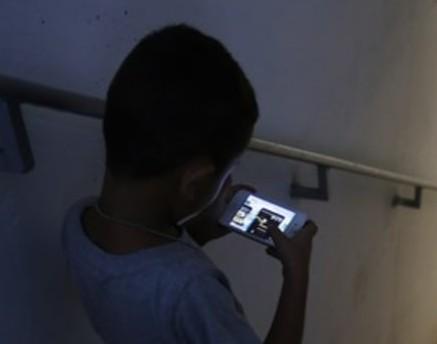
Watching Reels for Hours Causing Spike in Eye Disorders among People: Doctors
In today’s digital age, social media has become an integral part of our daily lives. We spend hours scrolling through our feeds, watching videos, and engaging with our friends and family. However, this addiction to social media, particularly watching reels or short videos, has taken a toll on our eye health. Ophthalmologists have warned that binge-watching reels for hours on end is leading to a spike in eye disorders across all age groups.
“We’re seeing a sharp increase in cases of dry eye syndrome, myopia progression, eye strain, and even early-onset squinting, especially in children who spend hours watching reels,” Dr. Lalit Verma, an ophthalmologist, said. His warning comes at a time when the number of people suffering from eye disorders is on the rise.
Eye disorders are a growing concern globally, and the World Health Organization (WHO) estimates that by 2025, over 2.1 billion people will suffer from vision impairment or blindness. In India, the situation is no different. According to a report by the National Programme for Control of Blindness (NPCB), the prevalence of vision impairment in India is around 14.4% among the population aged 50 years and above.
The alarming rise in eye disorders can be attributed to the increasing screen time and blue light exposure. Blue light, a high-energy visible (HEV) light with a wavelength of around 400-450 nanometers, is emitted by digital devices such as smartphones, tablets, and computers. Prolonged exposure to blue light can cause digital eye fatigue, which is characterized by symptoms such as dry eyes, blurred vision, and eye strain.
In addition to blue light exposure, the way we watch reels on social media can also contribute to eye disorders. When we watch videos, our eyes move rapidly from one point to another, which can cause eye strain and fatigue. Furthermore, the constant switching between different apps and devices can lead to a condition known as “screen dependence syndrome,” where individuals become addicted to screens and neglect other aspects of their lives.
The consequences of eye disorders can be severe. Dry eye syndrome, for instance, can lead to chronic pain, discomfort, and even vision loss if left untreated. Myopia progression, or nearsightedness, can cause vision loss and even increase the risk of cataracts and glaucoma. Early-onset squinting can lead to amblyopia, or lazy eye, which can cause permanent vision loss if left untreated.
So, what can we do to protect our eye health? Here are a few tips:
- Follow the 20-20-20 rule: Every 20 minutes, look away from your screen and focus on something 20 feet away for 20 seconds.
- Adjust the display settings: Reduce the brightness and contrast of your screens, and adjust the color temperature to reduce blue light exposure.
- Blink regularly: Make a conscious effort to blink while watching videos or working on screens.
- Take breaks: Take regular breaks from screens to rest your eyes and reduce eye strain.
- Get regular eye check-ups: Schedule regular eye exams with an ophthalmologist to detect any eye disorders early on.
In conclusion, the increasing trend of watching reels on social media has led to a spike in eye disorders among people of all ages. It is essential that we take proactive measures to protect our eye health and reduce the risk of eye disorders. By following simple tips and being mindful of our screen time, we can reduce the risk of eye disorders and maintain optimal eye health.





